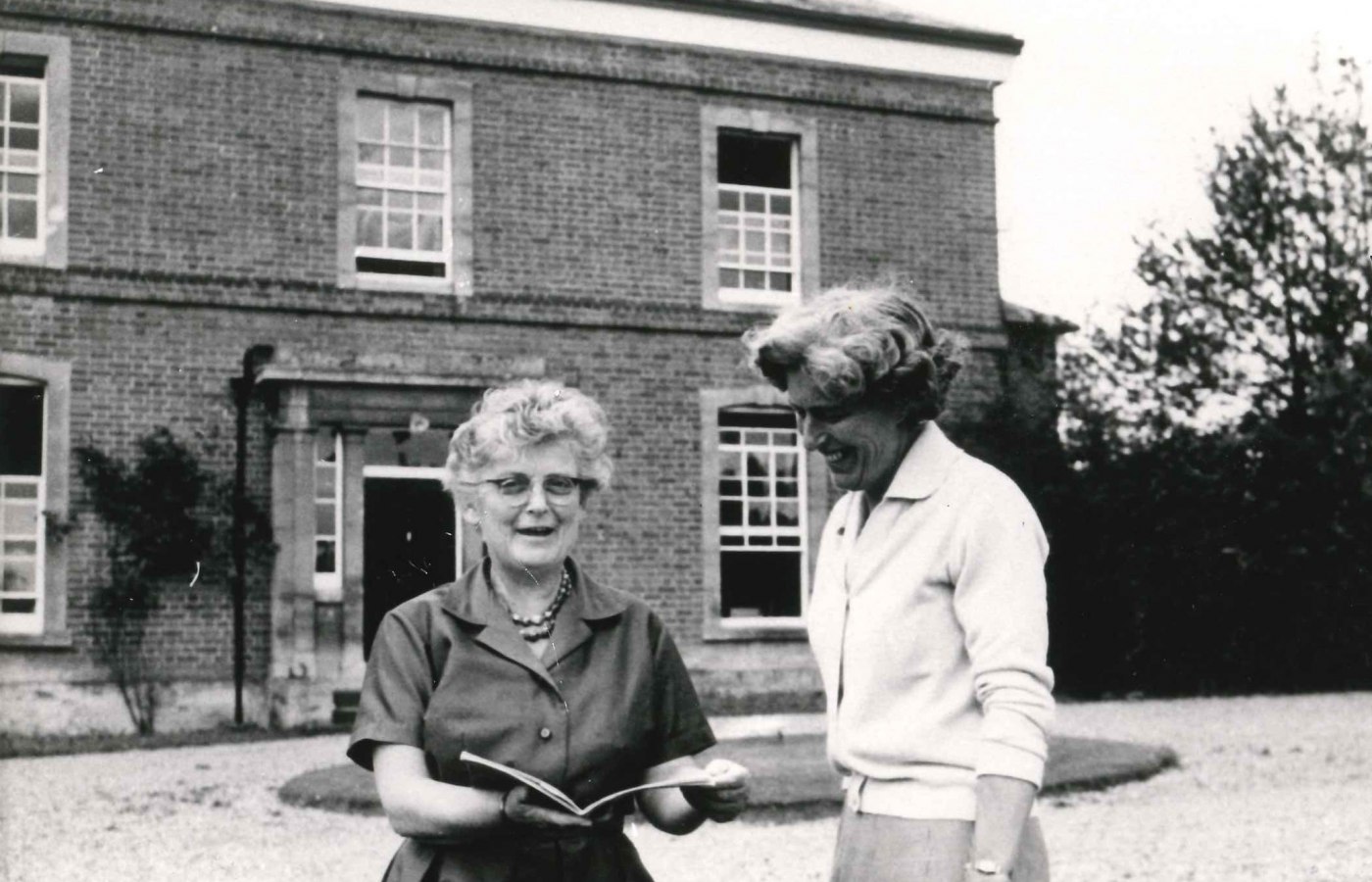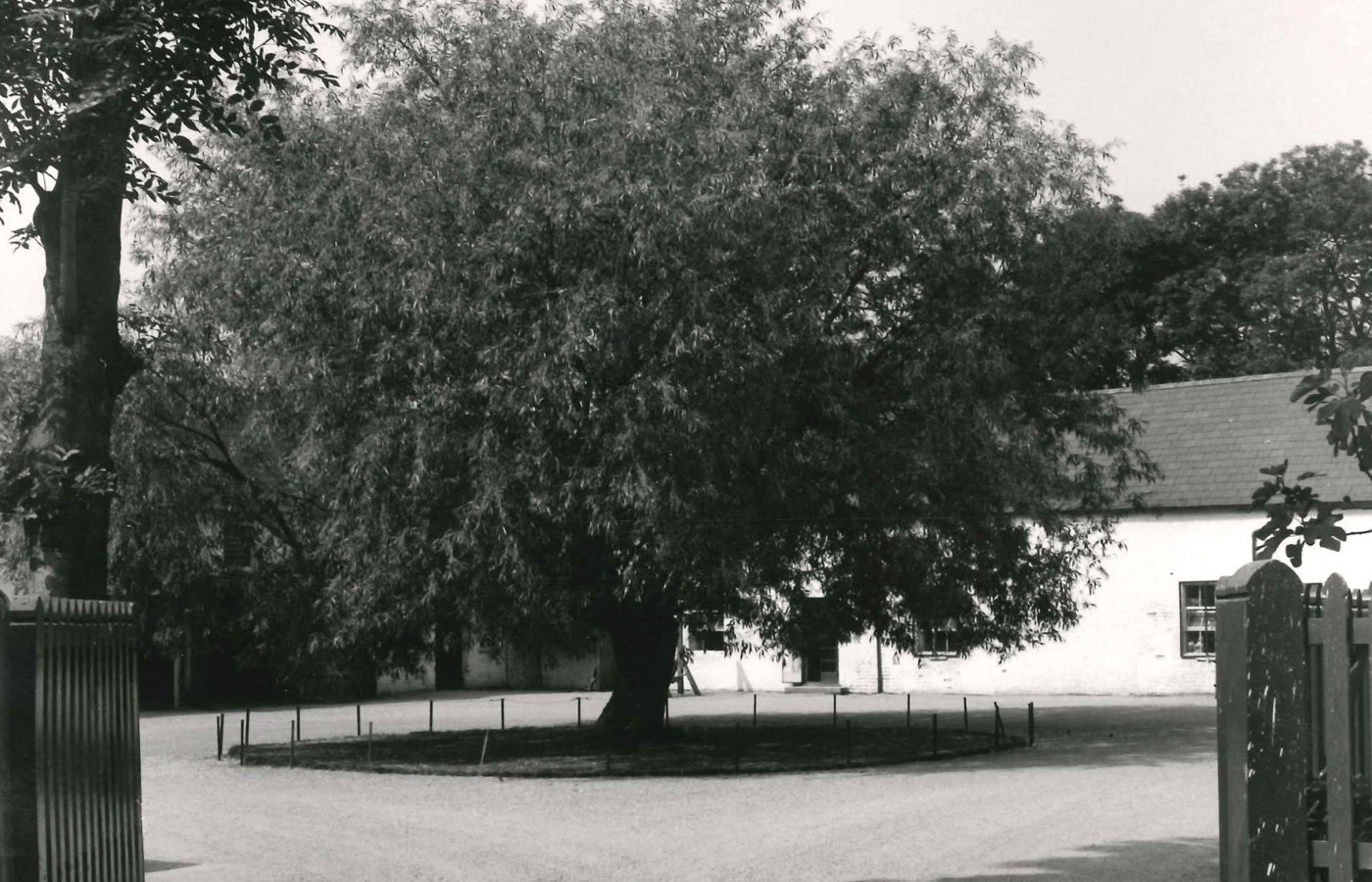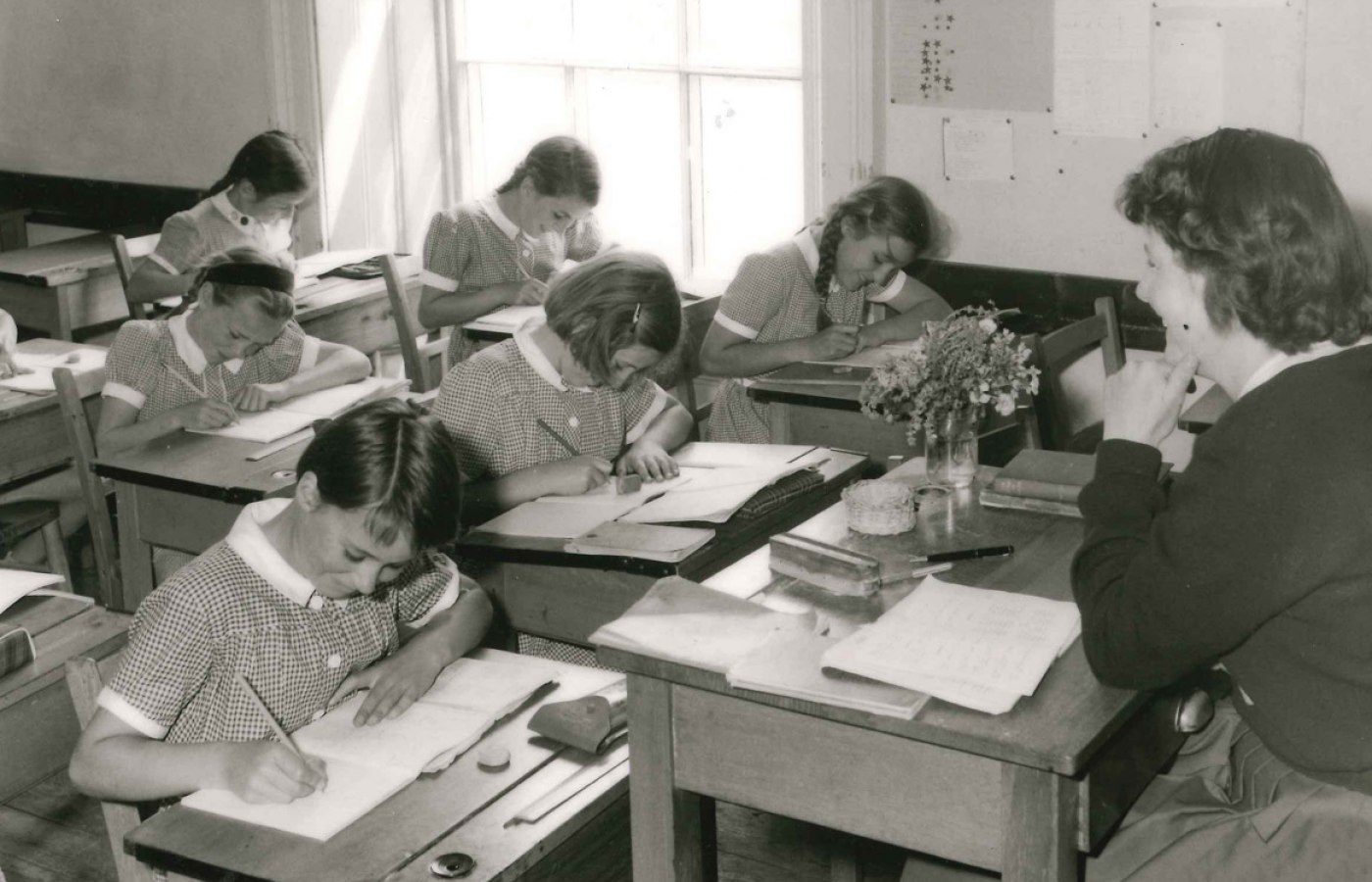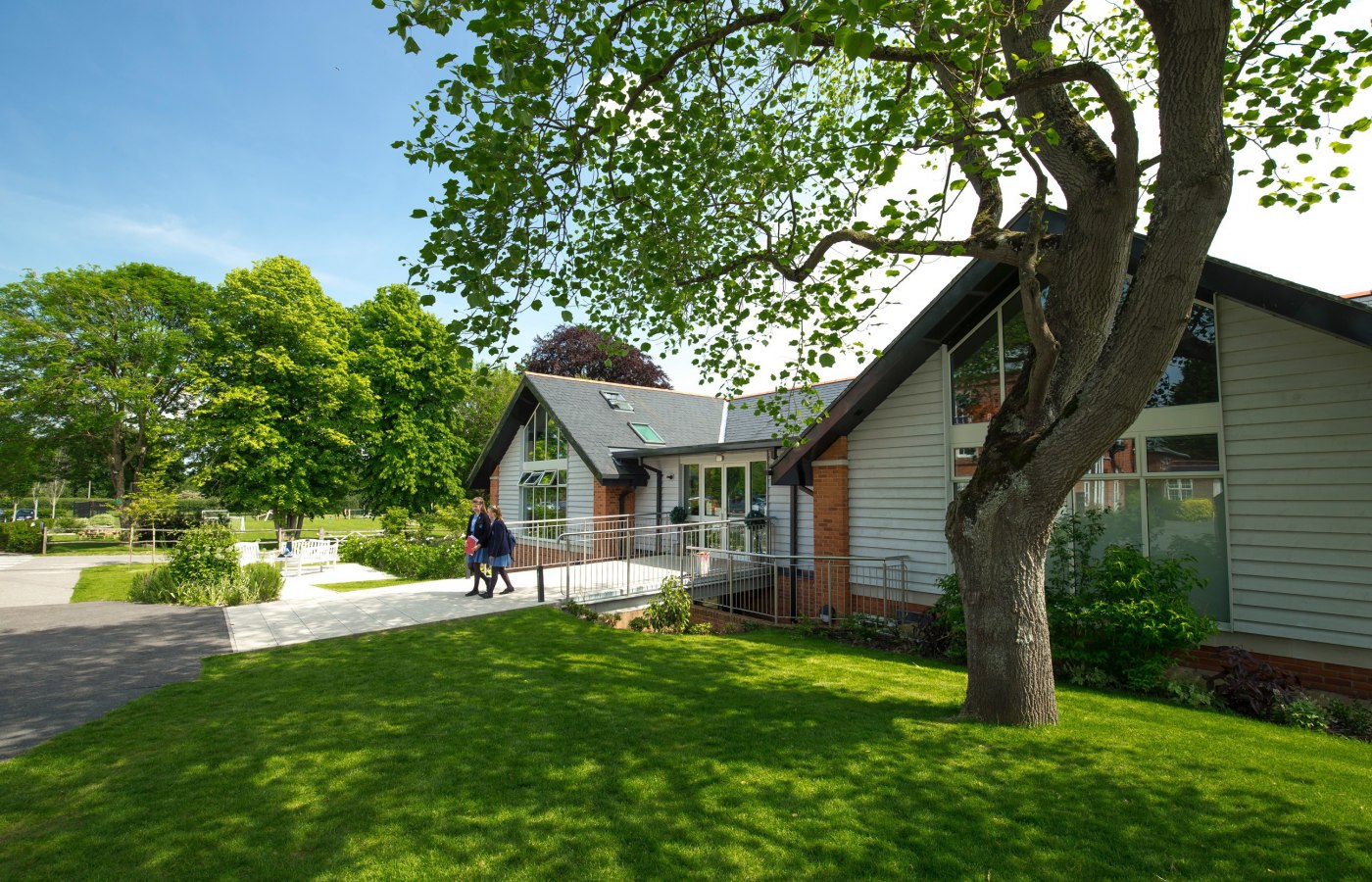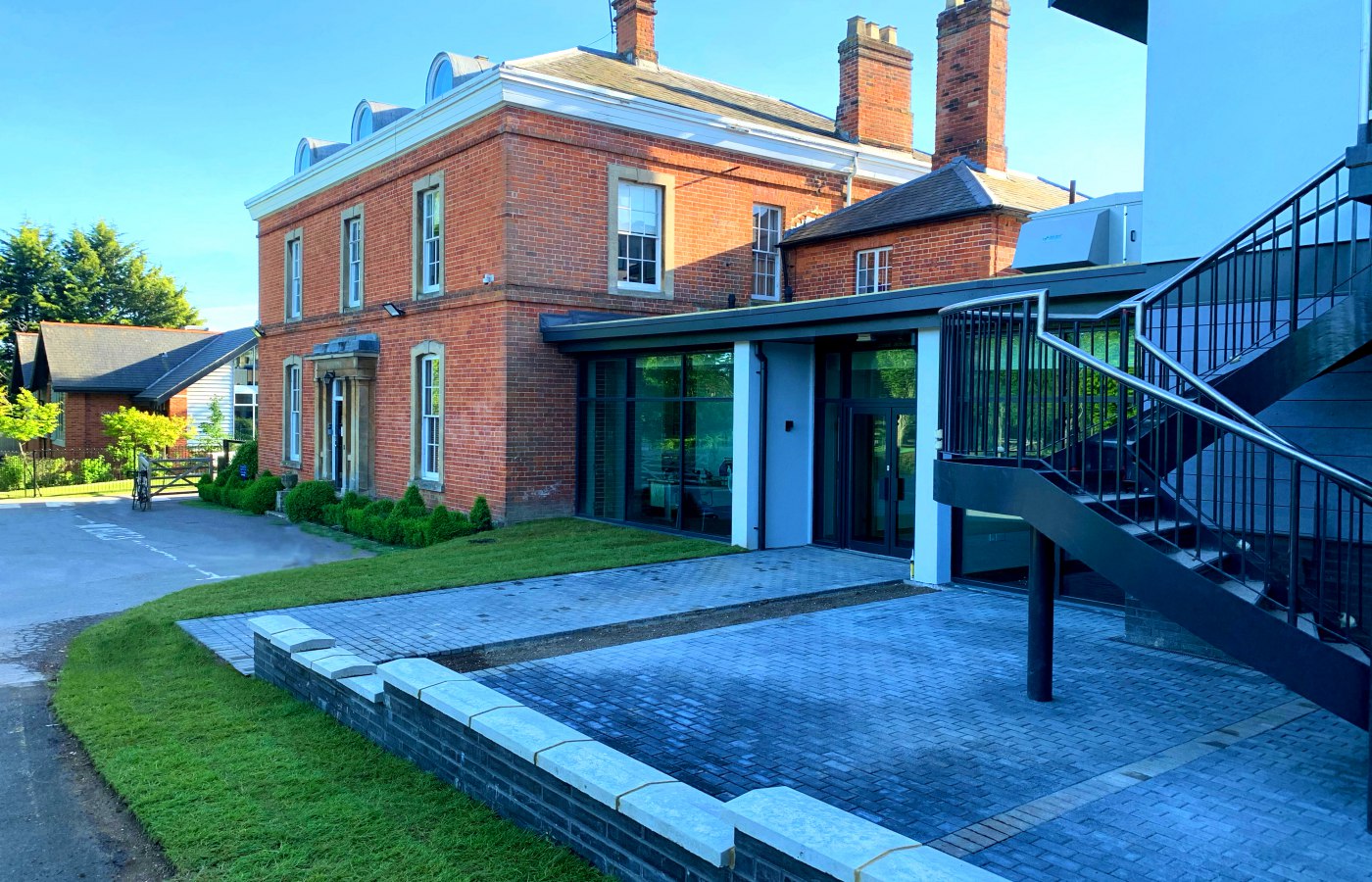Our History

Here at Cranford we are proud of our over 90 years of educational excellence and expertise. Our school's history is one of a progressive philosophy for the education of children based on the belief that everyone has a contribution to make to the world they live in. This ethos still forms the foundation of our education at Cranford today.
1931 – 1934
In 1931, the school originally known as Cranford House first opened its doors as a school for just one pupil, six year old Billy Higgs. The school’s founder, Miss Winifred E Laurence taught Billy in her own home, Cranford House, a large Victorian mansion on the site of what is now Moulsford Preparatory School. Billy was joined by other children, some of them much younger, and Miss Laurence’s old nursery became a schoolroom where Miss Tollit taught “the babies”.
1934 – 1939
The school continued to thrive, outgrowing the three rooms in Cranford and adding on purpose–built rooms. The curriculum was expanded with lessons taken outdoors as much as possible and new activities added such as riding lessons, piano and percussion, carpentry for the boys, trips out and the first play “A Market Square” produced in 1937.
The War Years
During the war years school life continued as usual with minor adaptations. Miss Laurence opened the school during the summer holidays so that all children, including evacuees, could enjoy games, bathing and other activities. Petrol rationing meant children were rowed up the river to school or used the pony and trap, and rambles on the Downs included a new game of “Rabbits” where children had to stay still until the whistle blew, never guessing that it was practice for the times German bombers flew overhead.
The 1950s
The school was continually growing and, by 1950, when pupil numbers had reached 136 it was recognised that more space was required. The whole of Cranford was adapted for use and a swimming pool was built. In 1953 Moulsford House was acquired and some of the school moved across the road, becoming a dual site. 1955 was an important year as Cranford was granted official recognition following an inspection by the Department of Education and Science, the first link was made with the former Nautical College, now Pangbourne College, and the whole school stood in the market place cheering as the Queen visited Wallingford.
1960 – 1980
By 1961 the volume of traffic through Moulsford made crossing the road rather dangerous. As a result Miss Laurence sold her home and the whole school was re-located to its current site. Also in 1961 a sister school to Cranford was opened near Worthing in Sussex. Called Rustington House, it had the same uniform, syllabus and ethos as Cranford. Miss Tollit took over the day to day running of the school and Miss Shine also spent much time there. At Cranford a gymnasium was built in 1967 and many new activities were introduced such as canoeing, rock-climbing and national show-jumping competitions at Hickstead.
In 1969 the great willow tree in the courtyard died and Miss Laurence decided it was her cue to retire. She retained her interest in the school however and in 1975 presented the generous gift of a swimming pool on the site of the old walled vegetable garden. A new willow tree was planted, which still flourishes today, and Miss Shine became headmistress until her retirement in 1980. Miss Shine left a thriving school of over 300 pupils and her departure marked the establishment of a Charitable Trust under a Board of Governors.
1980 – 2000
These years have been a time of growth, facilities development, curriculum expansion and a real awareness of what makes a Cranford education. From 1992 the headmistress, Alison Gray, adopted a more modern curriculum, adding new extra-curricular activities. As a result. Cranford’s reputation for strong musical, dramatic and sporting traditions began to grow, becoming widely recognised over the years.
The facilities have developed in line with our educational provision. A new science block opened in 1985, the theatre was rebuilt in 1988, thus preventing birds flying in through the holes in the roof to join assembly, and additional tennis and netball courts were added in 1990.
2001 - Present Day
Across the first decade of the 21st Century the school developed its facilities in line with the increase in pupil numbers and changes in the curriculum, with the building of Maple Court, enclosed year-round swimming pool provision, the addition of the third science block, Orangery dining room.
2014-2018 saw Atrium and the all-weather pitch built, new Sports Hall arriving in 2014 along with a Junior School extension adding new classrooms and refurbished Junior Hall.
The much anticipated addition of a modern purpose-built Sixth Form Centre in 2020 offers pupils the opportunity to continue their studies into A-level. The modern facility, with over 20+ subject choices on offer is a hub of activity including its own science lab, common room, lecture theatre and fitness suite.

